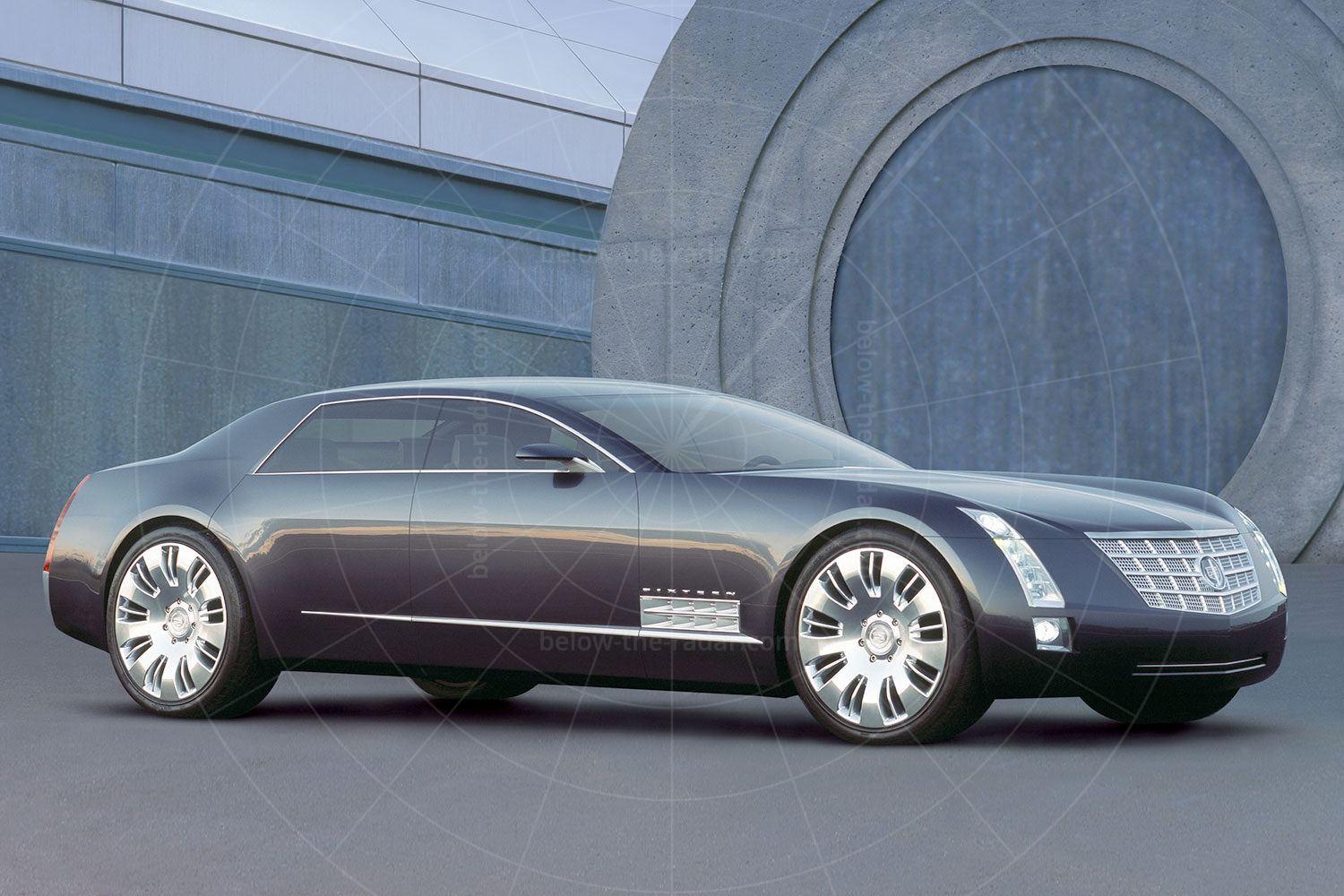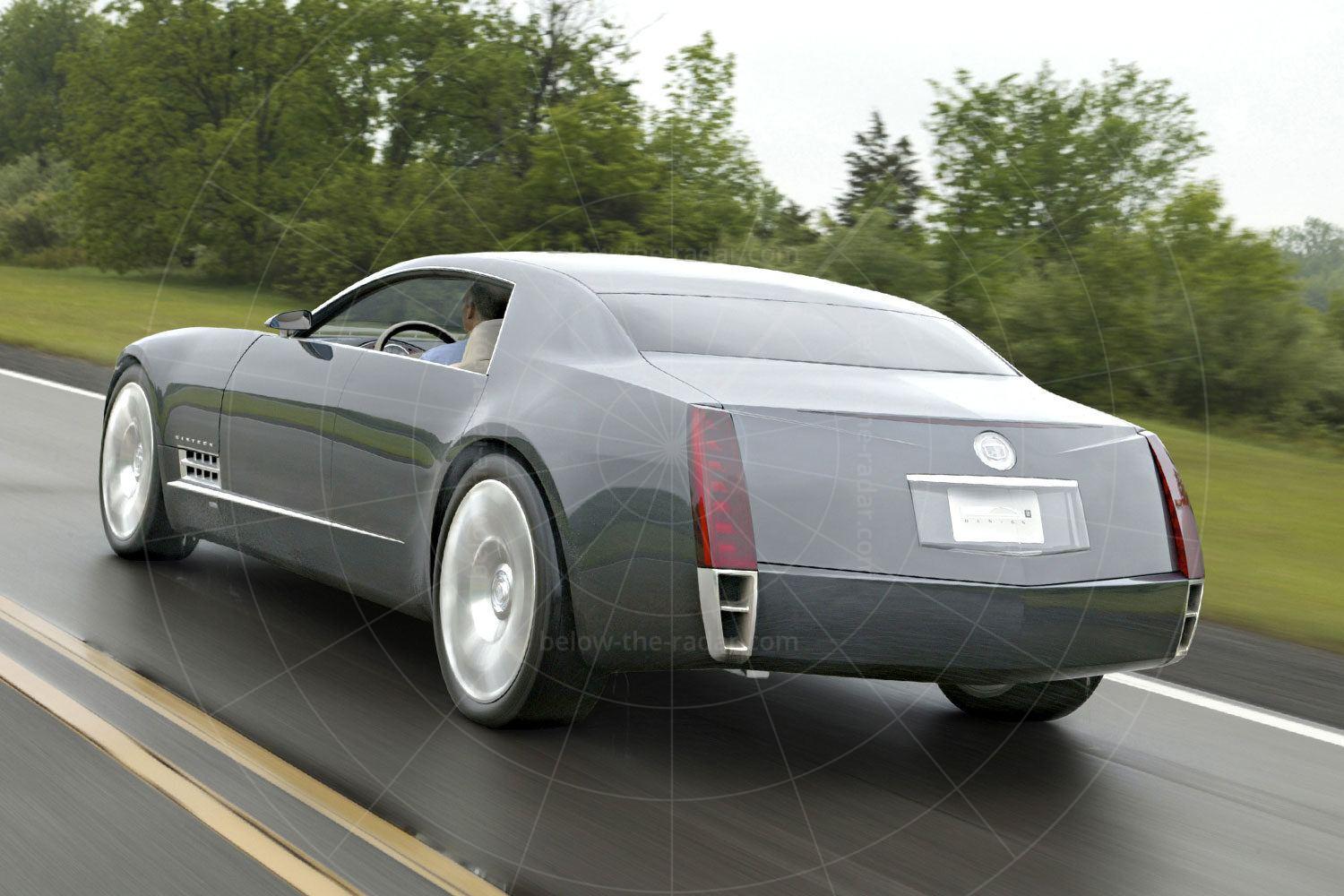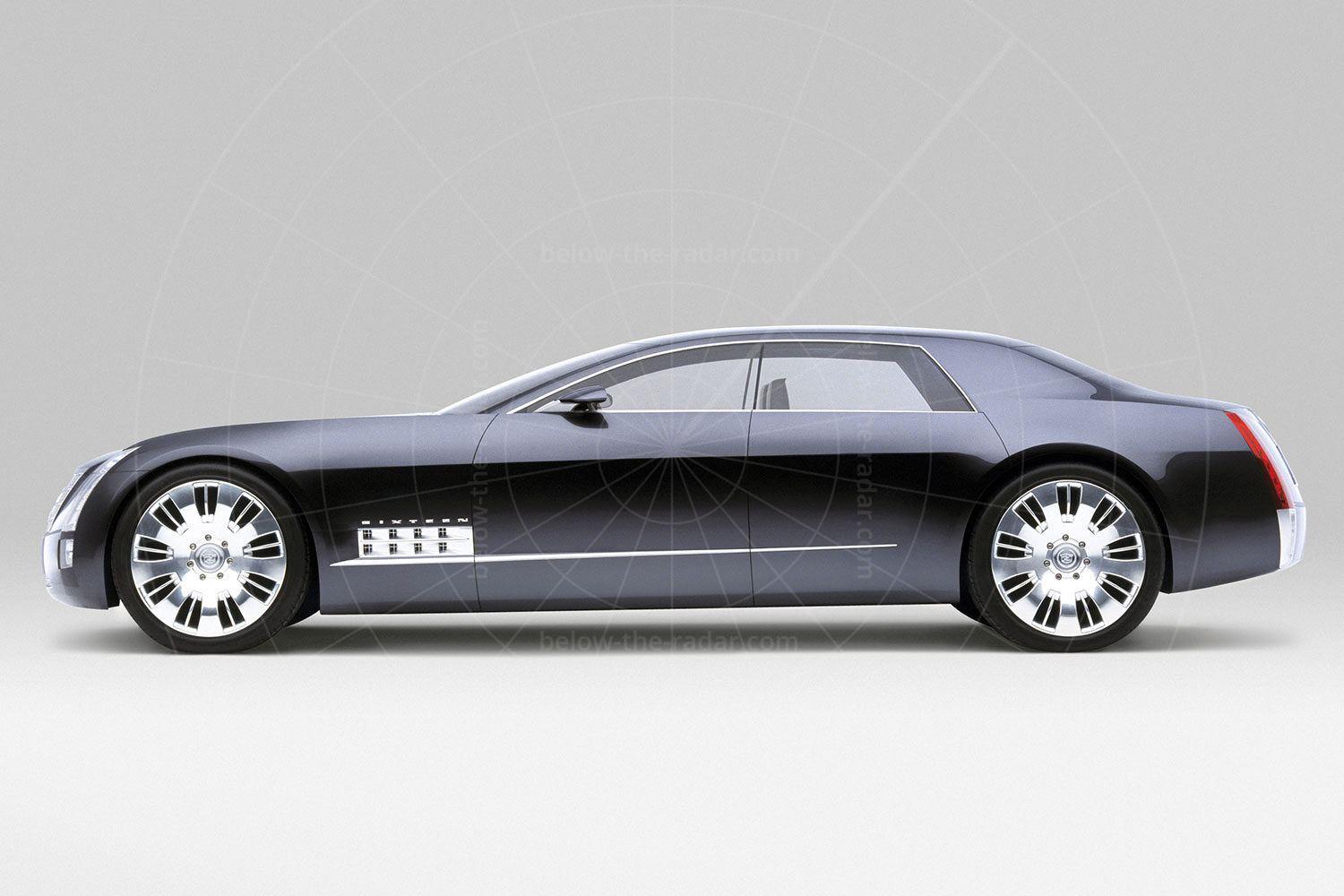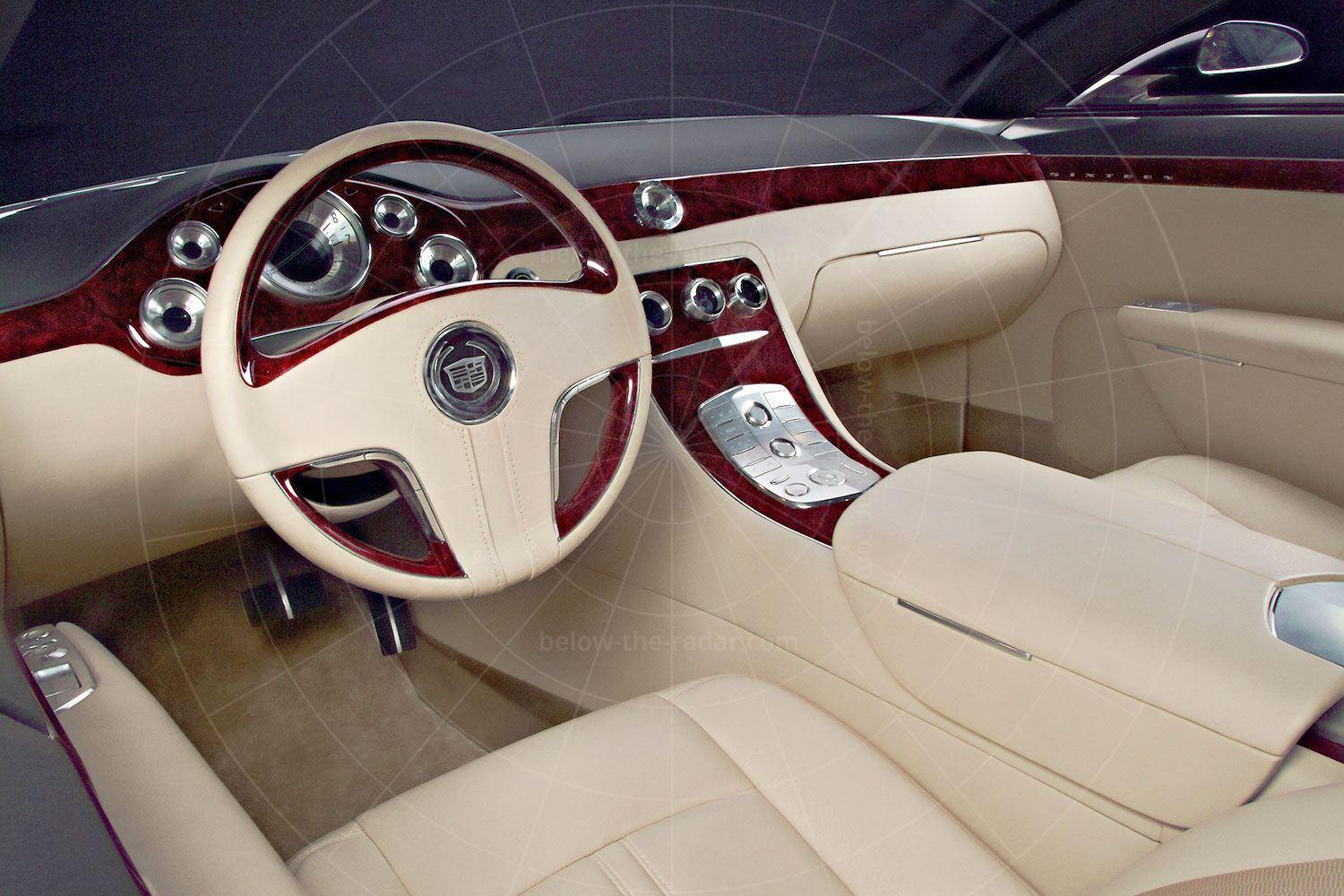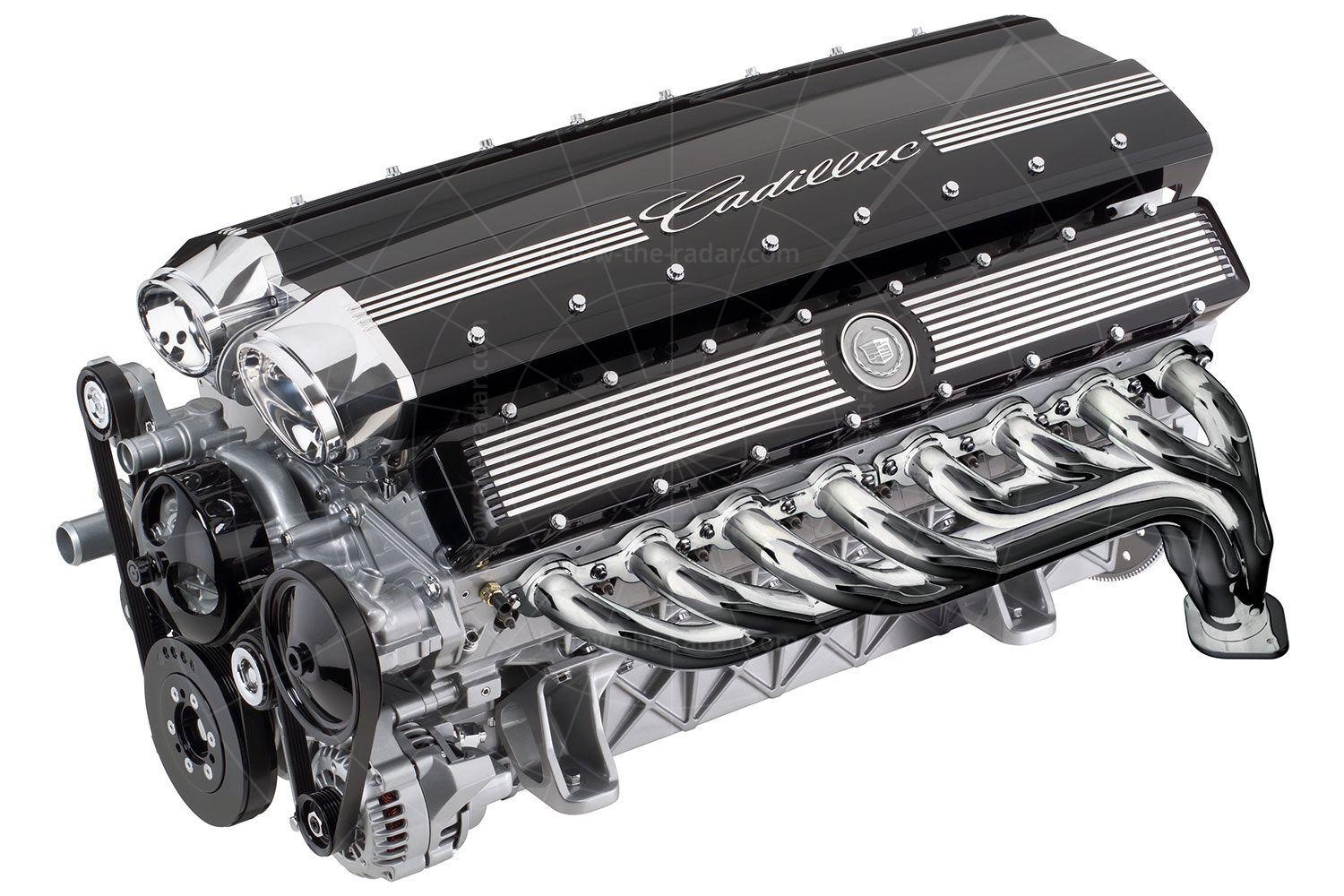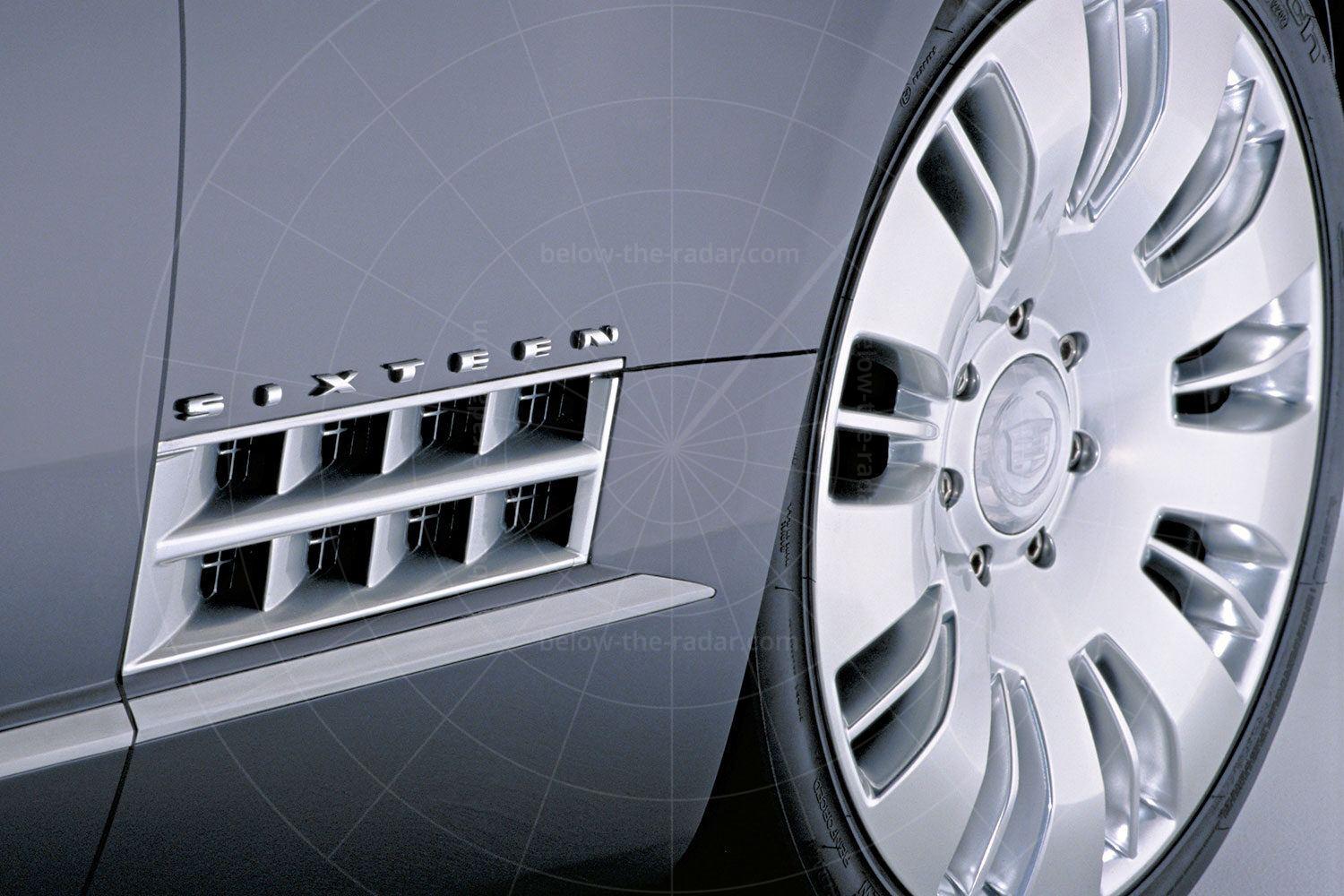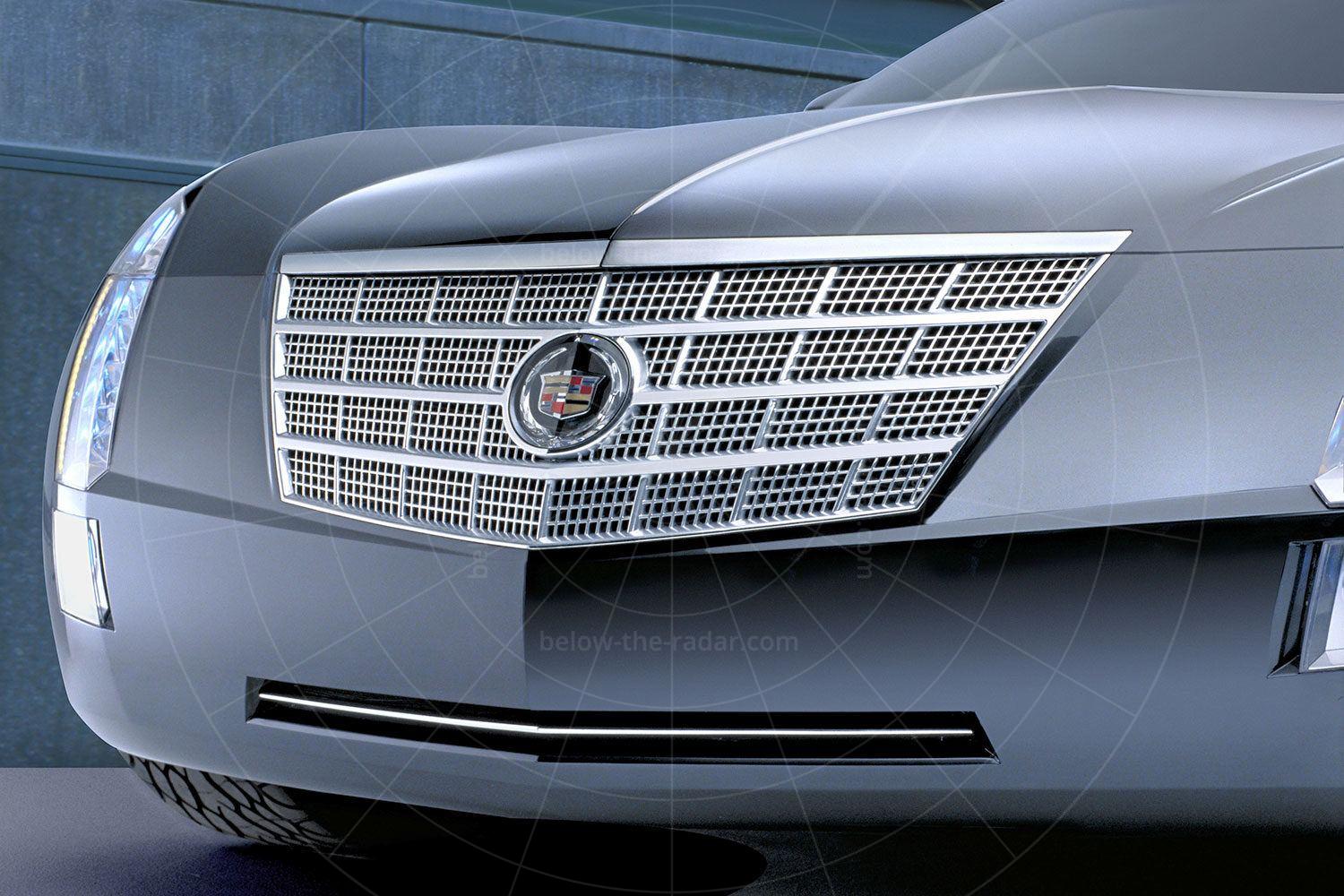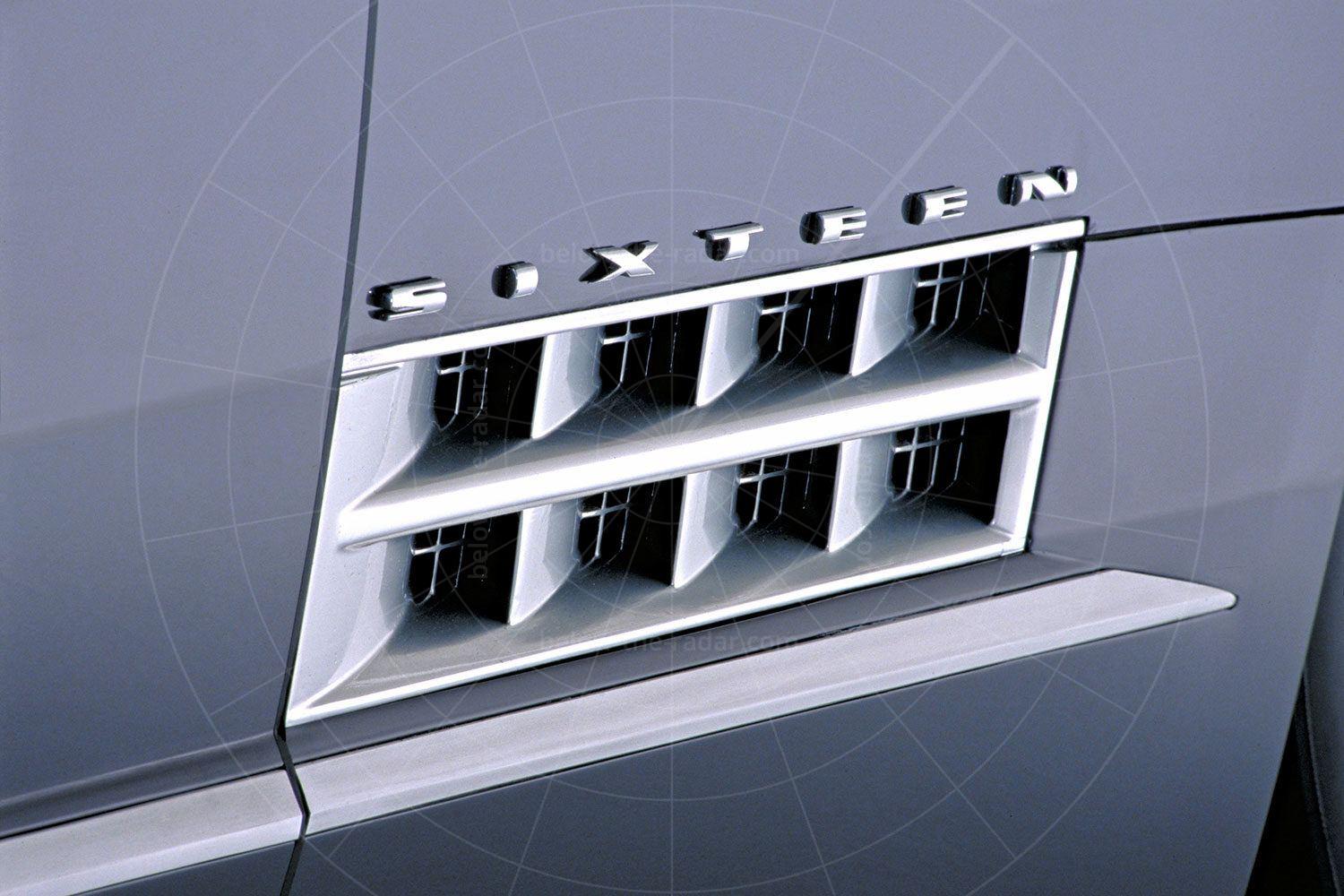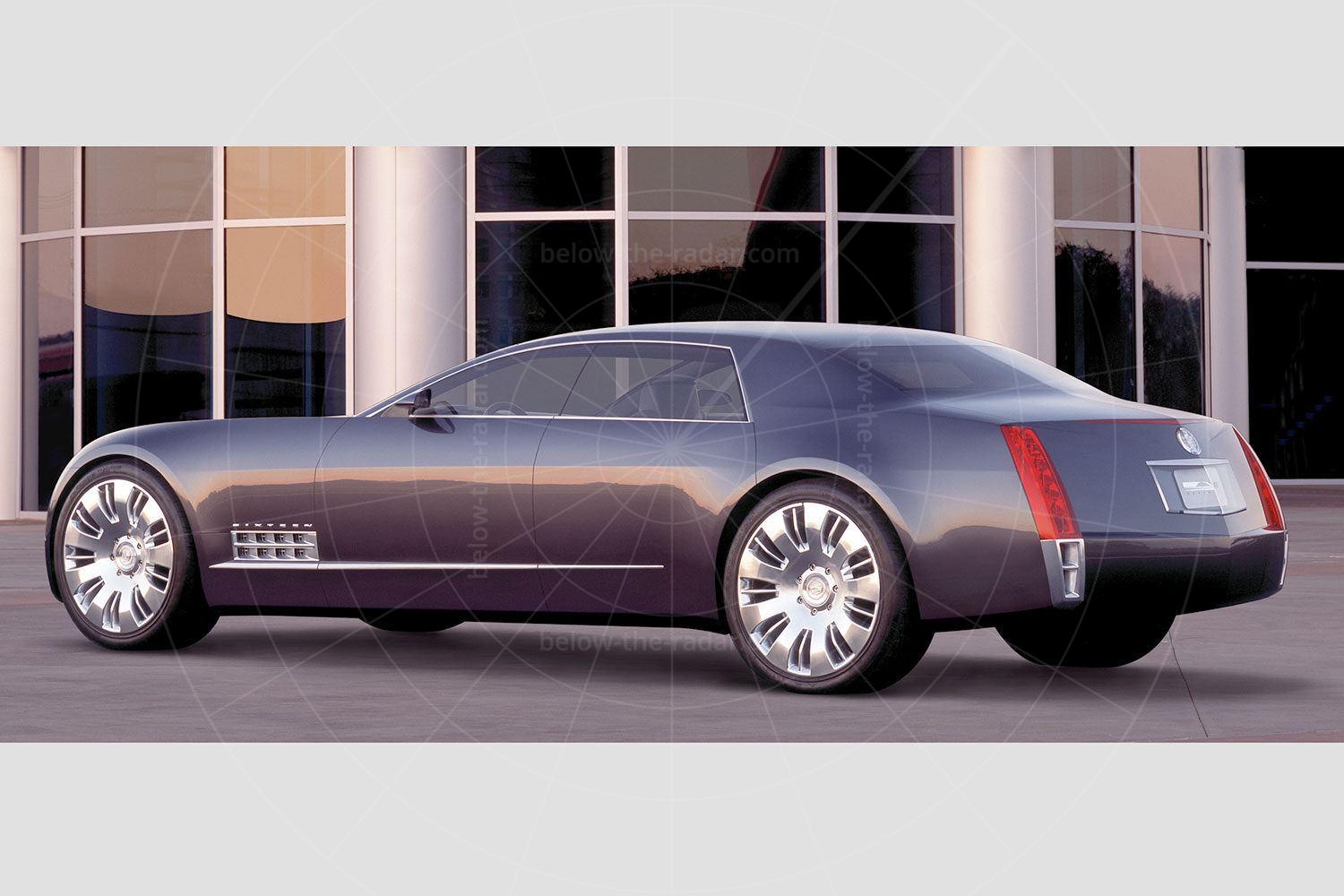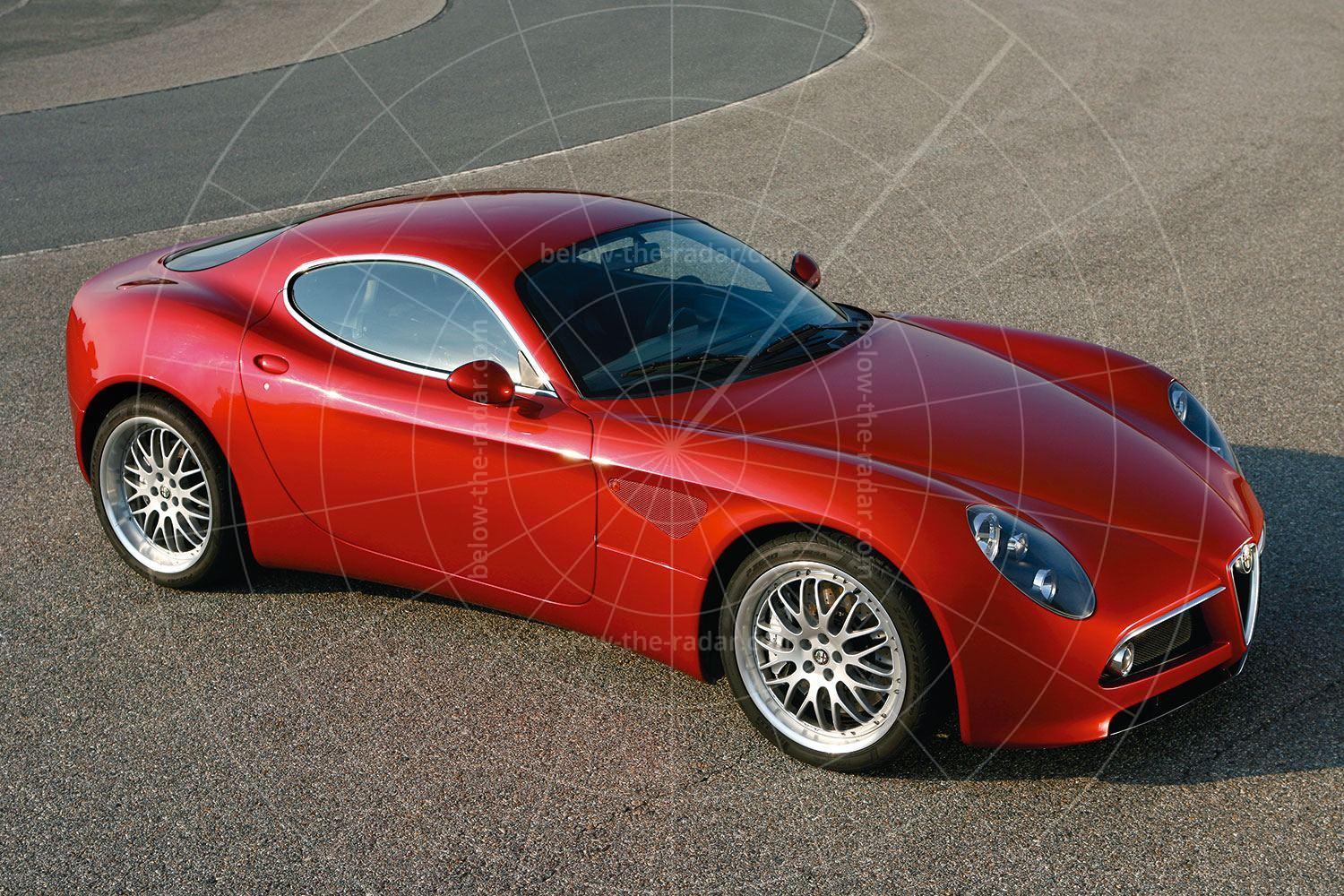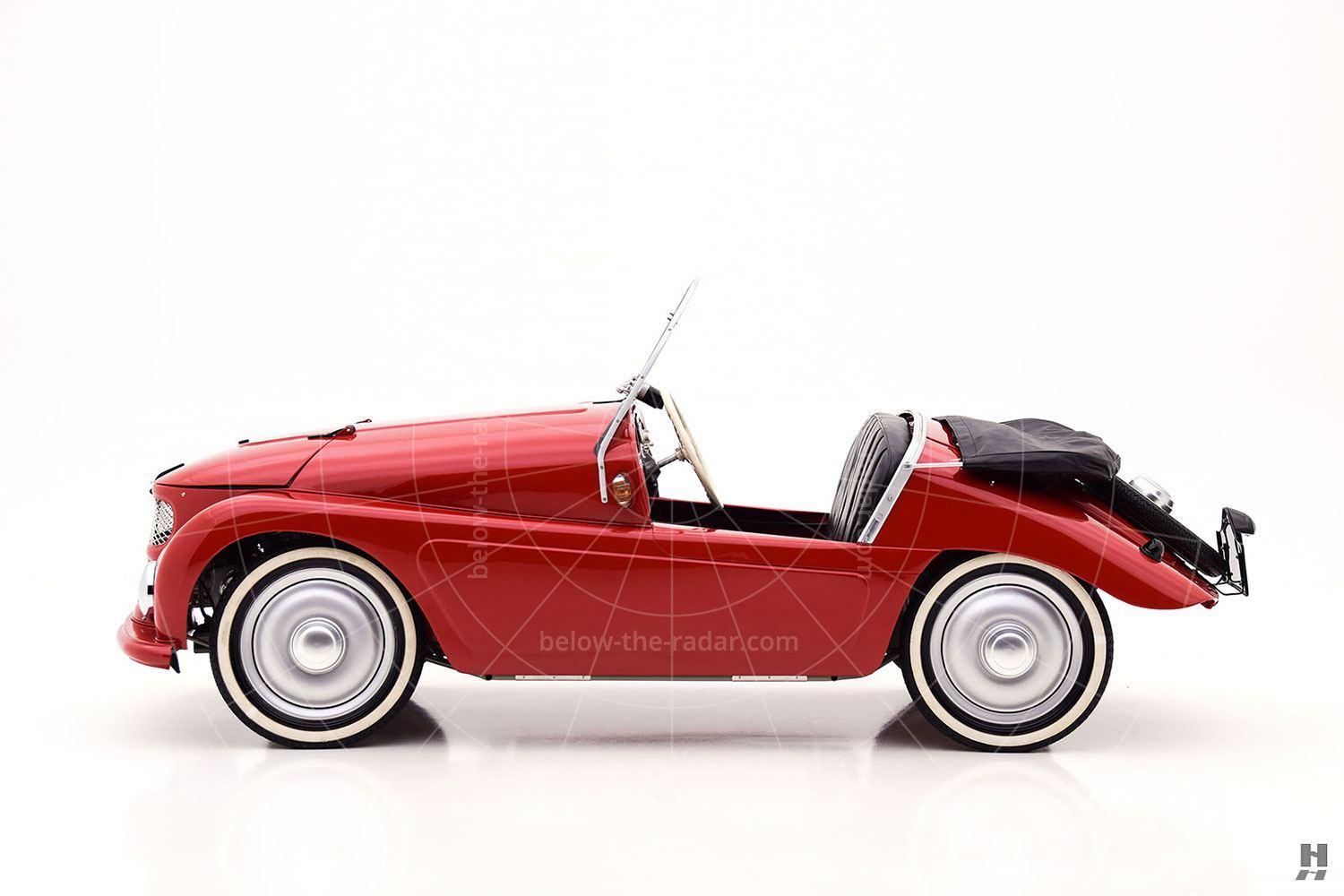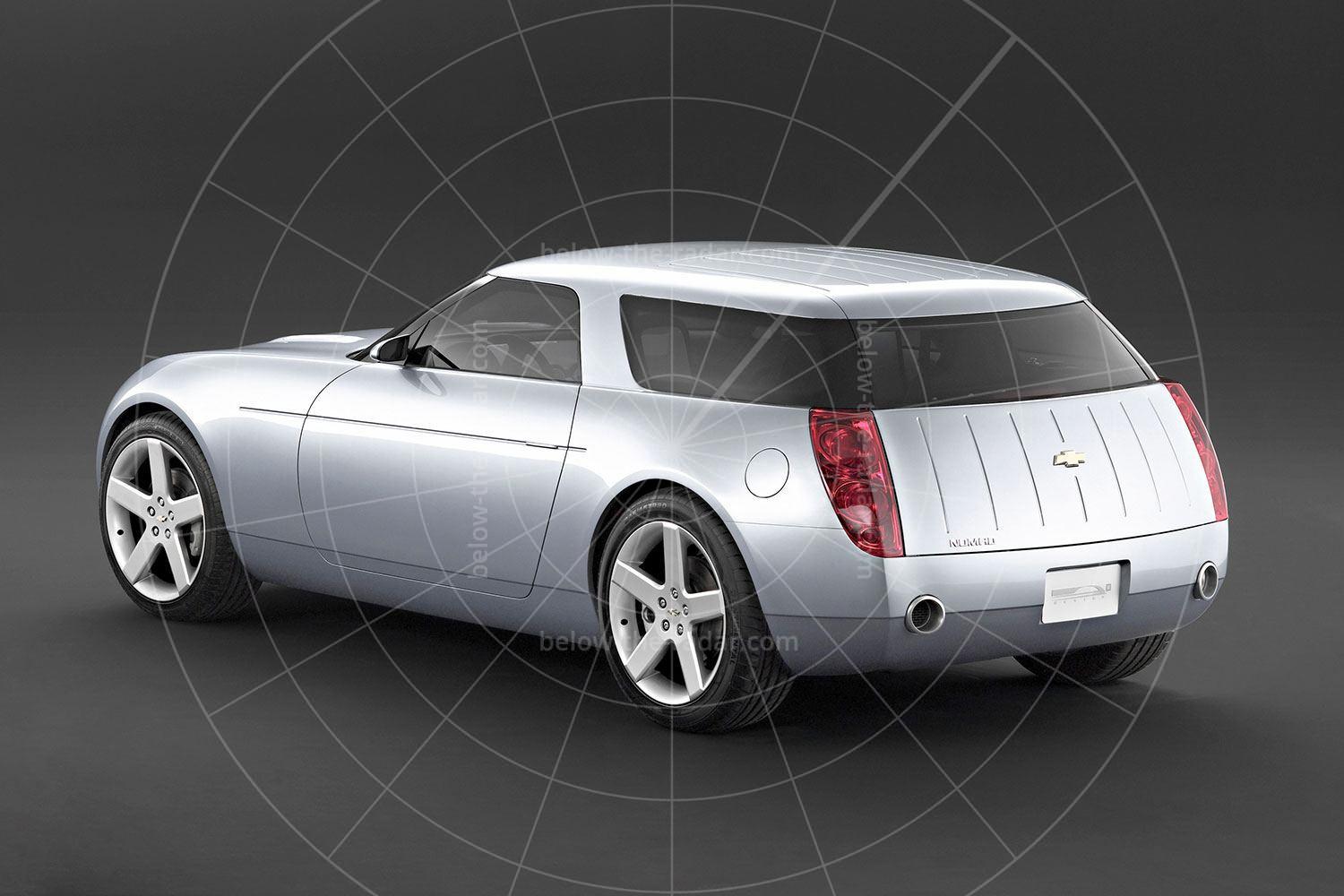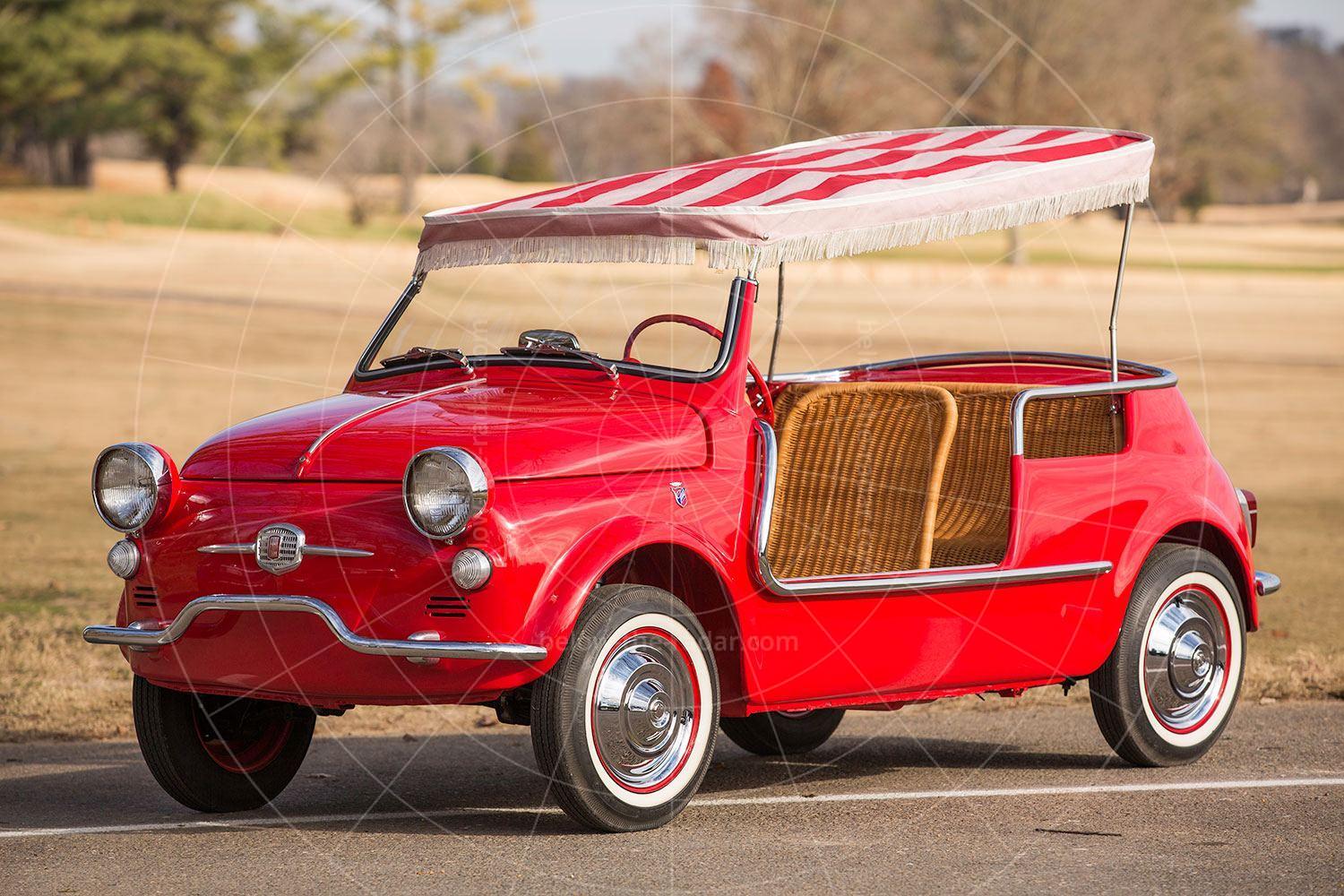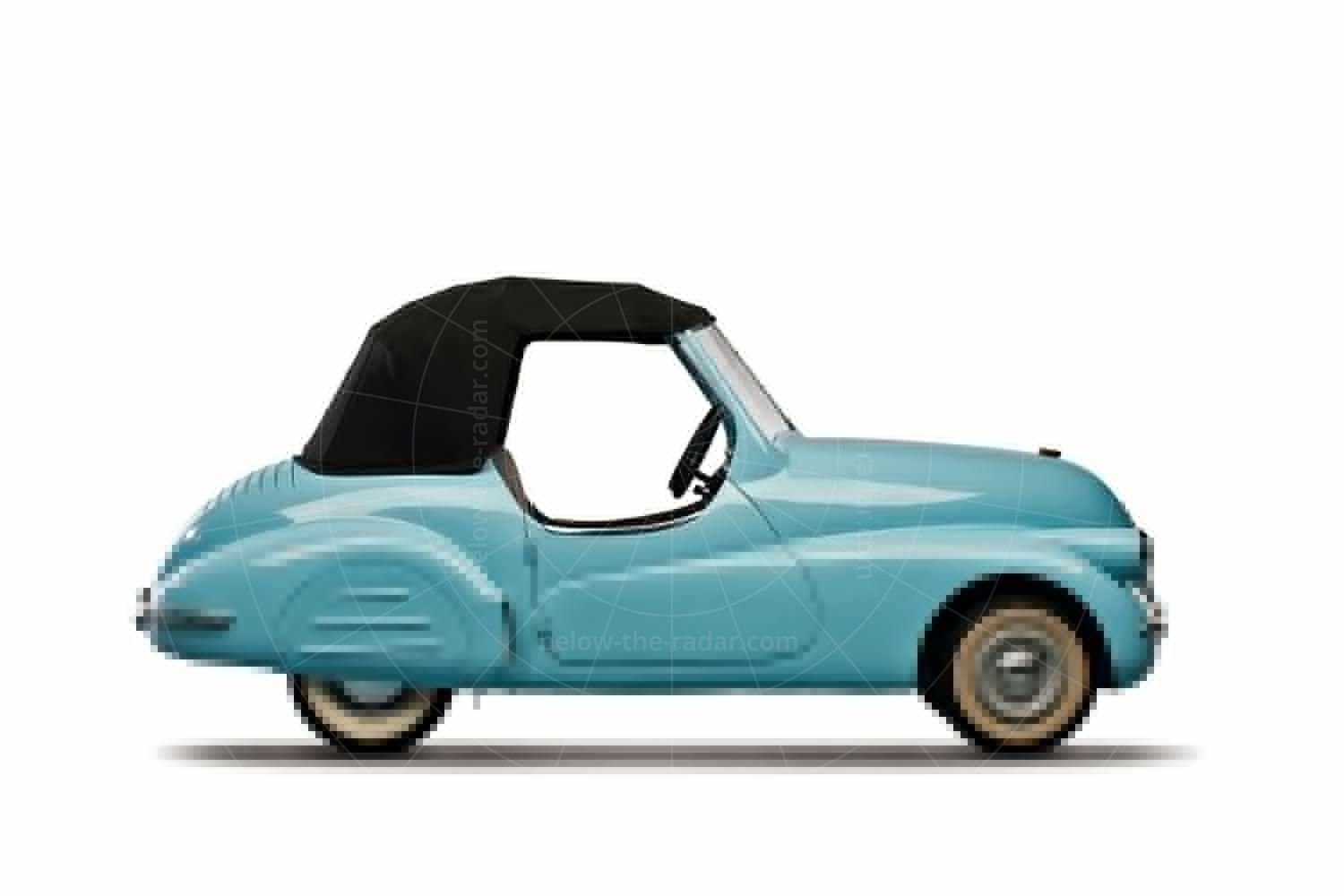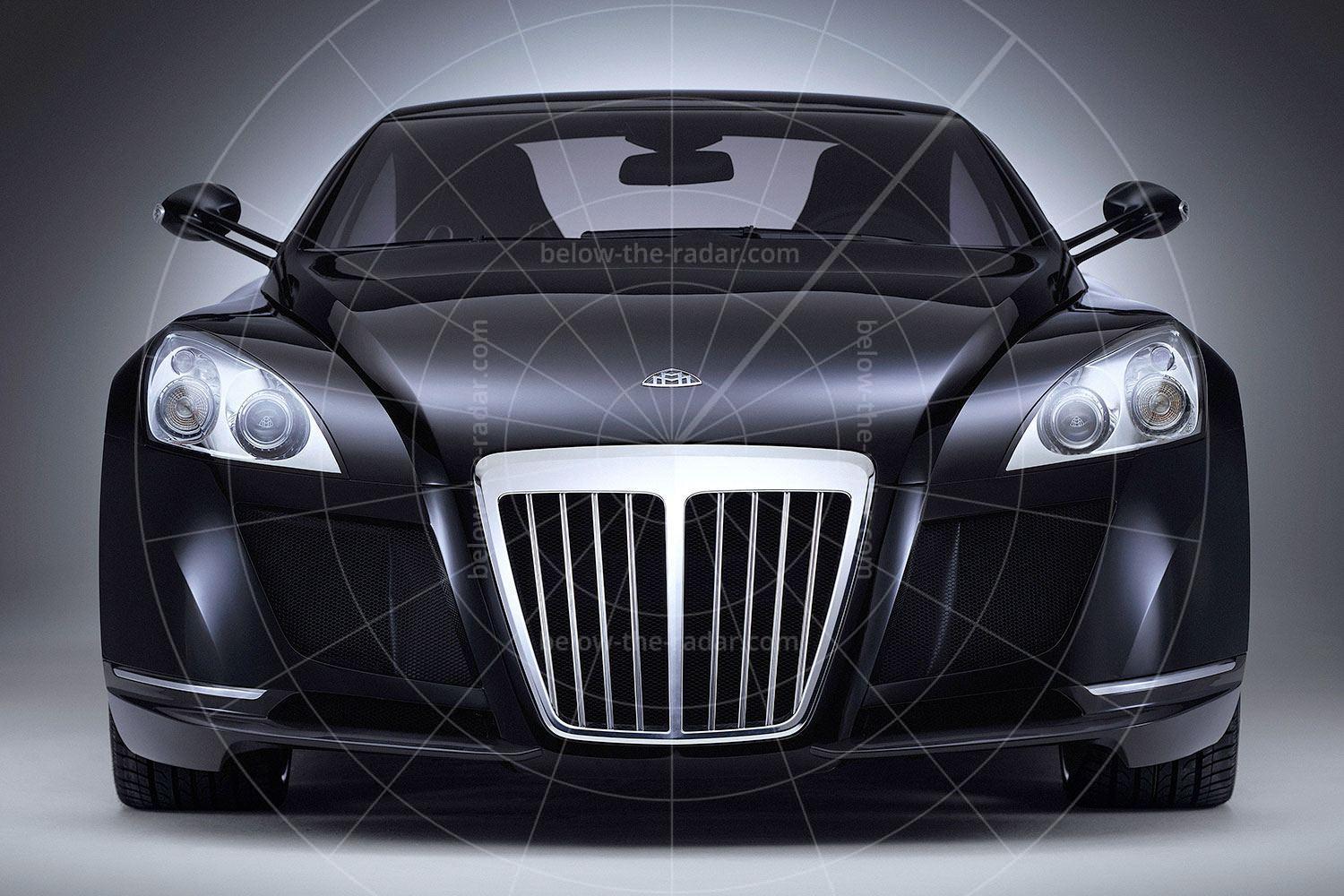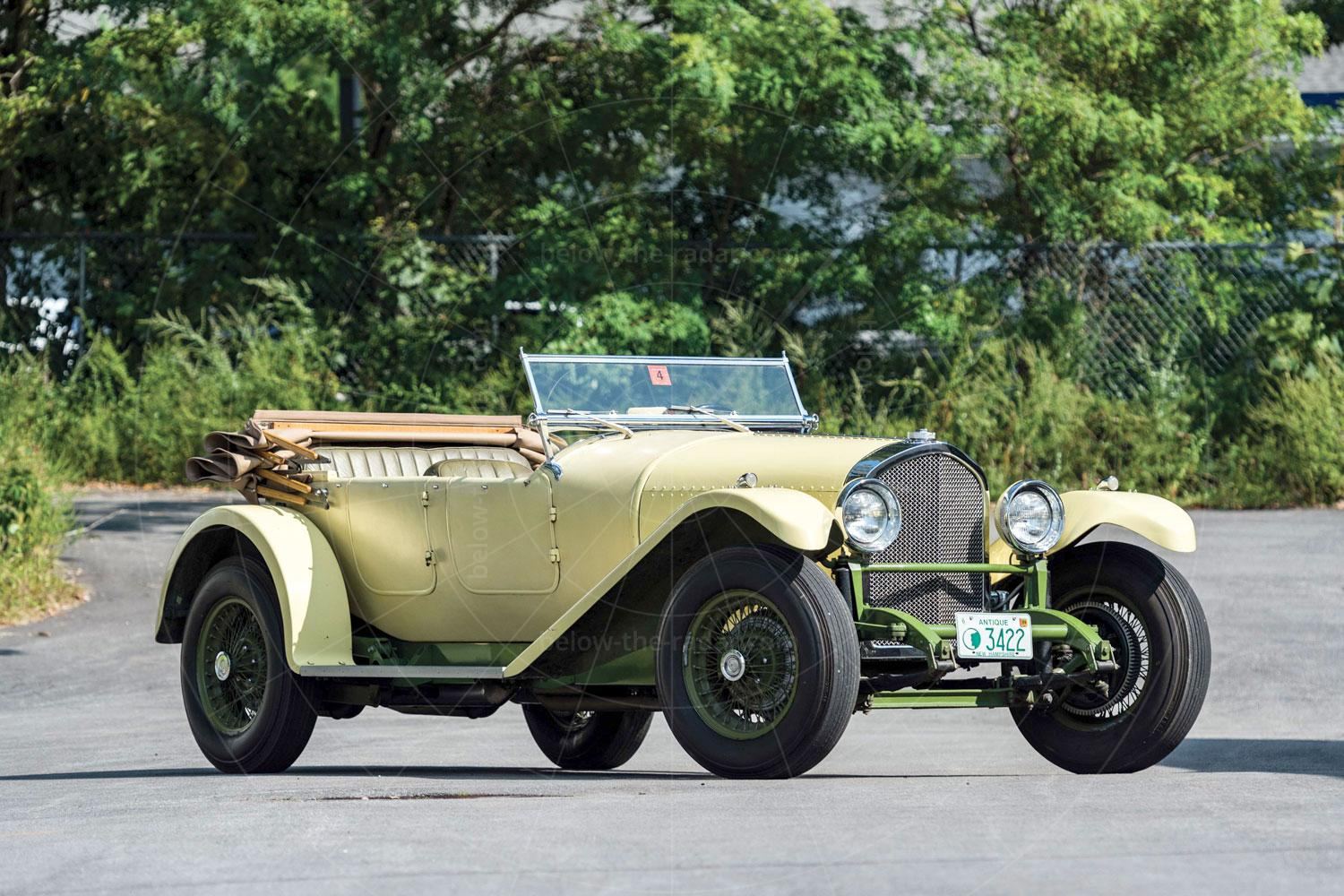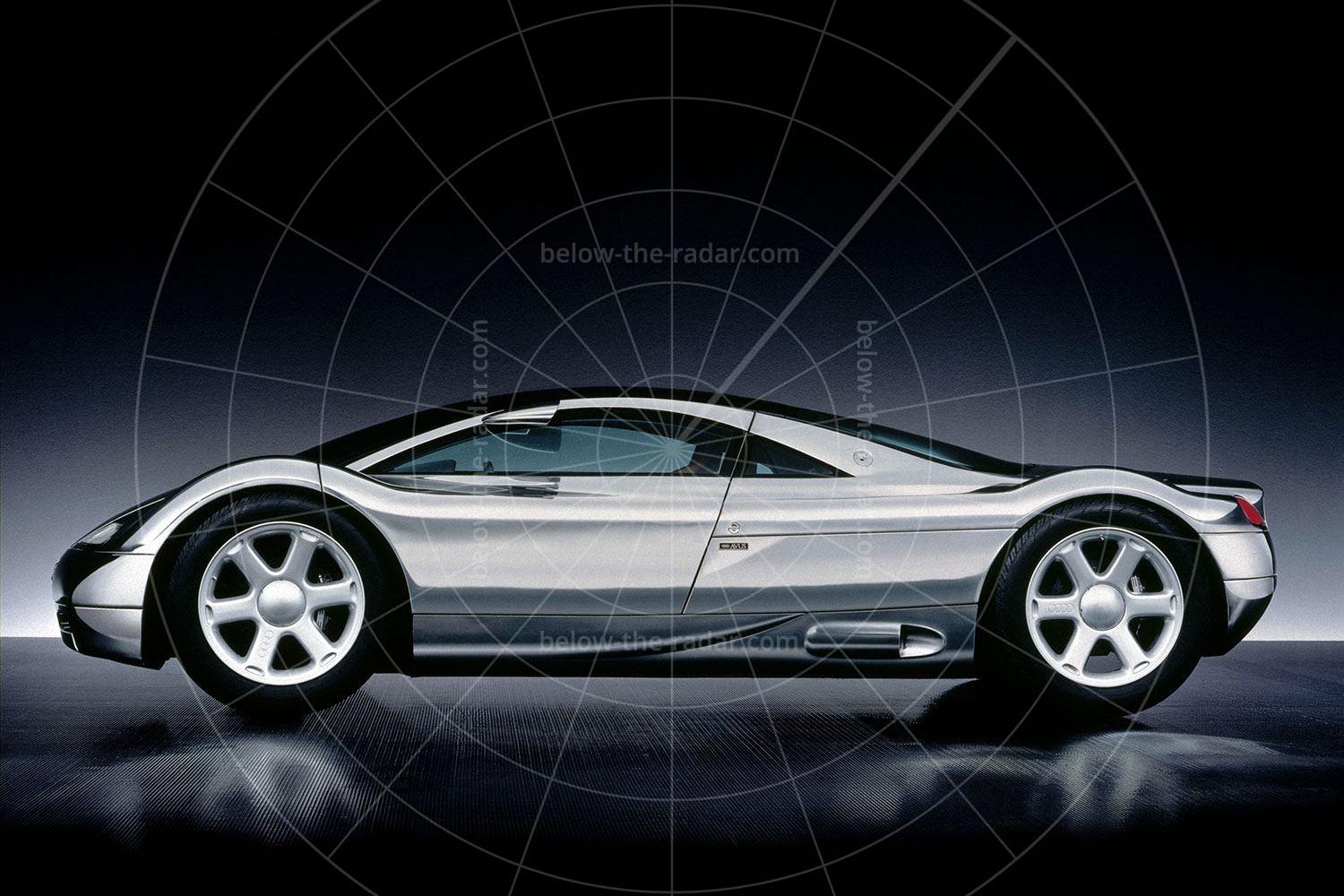With Bugatti having unveiled for production a near-1000bhp monster, and Maybach having put into production a super-luxury limousine, it was going to take something pretty special from Cadillac to really draw the crowds at the 2003 Detroit motor show. And you’d be hard-pressed to argue that the company didn’t pull out all the stops with its Sixteen, because this concept combined the most outrageous aspects of both cars – a huge hyper-luxurious bodyshell and a massively powerful engine – in one crazy package.
Back in the 1930s Cadillac had introduced the world’s first production V16 engine, and with retro being immensely popular when the Sixteen was unveiled, the company reckoned it was only fair to cash in on such a rich heritage. That’s why the concept featured a new take on the V16 engine, with a pair of the company’s V8s stitched together to produce a 13.6-litre powerhouse capable of generating up to 1000bhp and an equally ridiculous 1000lb ft of torque. And all this was without the aid of turbochargers – Bugatti had resorted to a quartet of turbochargers to produce its 987bhp. But then the Americans always said that there’s no substitute for cubic inches…
All this power was transmitted to the rear wheels via a four-speed automatic gearbox. As the car was never going to go beyond concept stage in this form, it didn’t matter that it would never manage to get 1000bhp through just the rear wheels without lighting up the tyres every time the accelerator pedal was pressed – four-wheel drive would have been needed for any production version of the Sixteen.
As a token gesture aimed at keeping the environmentalists happy, the electronics controlling the engine could shut down some of the cylinders so that the fuel consumption – and consequently the emissions – weren’t quite so frightening. This technology was called ‘displacement on demand’ and it allowed the Sixteen to run on just eight – or even four – cylinders if the power requirements weren’t too great.
At a time when 20-inch wheels were more or less the limit on road cars – as well as concepts – the Sixteen managed to go well beyond this. At each corner of the car there were massive 24-inch wheels, housed in rubber band-profile tyres – 265/40 R24 rubber was used all round.
Despite the car’s huge dimensions, weight was kept down to a surprisingly low 2270kg, thanks to aluminium being used for much of the structure, as well as that enormous engine. But all the high numbers relating to power, torque and cylinders was just an excuse to grab attention. The real reason for the Sixteen's creation was to show people the design direction that Cadillac was aiming to take – a 16-cylinder engine was just a red herring.
That exterior design was a work of pure genius, because although the Sixteen was over 5.5 metres long it didn’t look especially big and bulky. The use of a low waistline gave the car more dynamism and by incorporating subtle aluminium flashes along the flanks it looked even lower still. The long bonnet folded in two halves along the centre line of the car, just as Cadillac’s pre-war cars had done, and in the rear over-riders the four exhaust pipes were housed, so they looked completely integrated with the rest of the car.
If the exterior was a work of art, the interior was even more so. The work of Eric Clough, it was a masterpiece of minimalism at first glance. But everything any occupant could ever need was in there – it just appeared when it was wanted. So although you couldn’t see them at first, there were computer terminals along with a drinks bar and work tables – or it was possible to stretch out using the whole length of the interior as the front passenger seat could be reclined to meet up with the rear seat. This was a car for people who expected to be chauffeured.
| Vital statistics | |
|---|---|
| Debut | Detroit 2003 |
| Designer | Wayne Cherry |
| Engine | Front-mounted, 13.6-litre, V16 |
| Transmission | 4-speed auto, rear-wheel drive |
| Power | 1000bhp |

